Media | Articles
5 things every project car purchase will need
It’s that time of year, and I don’t mean decorative gourd season. No, it’s the time when the DIY devout start casting hooks into the depths of the project car pond hoping to reel in the right winter undertaking. While every project is unique, a few universal truths span them all, regardless of how the vehicle appears in those crunchy, dimly lit photos you’re seeing in a Marketplace ad. To that end, these are the top five things your own project will need, regardless of what it is or what shape it’s in. You can’t say we didn’t warn you.
Patience
Someone else’s project—or worse, abandoned project—is going to require a massive amount of mental gymnastics to figure out what they were thinking when taking it apart, storing pieces, or putting it back together. Occasionally that isn’t difficult, but even then it takes a lot of patience to sort through what someone else has done and try to decide if their process is acceptable to you. Do you trust the previous person based on what you see? Do you think they cleaned and assembled things to the same standard you would? Are you willing to risk it? Taking the time to wrestle with that question will be crucial to how you proceed.
Cleaning
Whether it’s a venture someone else started or one that was never gotten to, project cars rarely get tender loving care when stored. Dust, dirt, and moisture combine to create some of the grungiest substances known to man. Just getting a project car home can leave pounds of dirt and debris on a trailer, and that’s before any real cleaning has started. We often get caught up in the excitement of the big tasks involved with bringing a project car back to life, but the reality is less glamorous, and a lot of time—more than you think—is going to be spent scrubbing and just generally making things un-grimy.
Tires
We don’t know what it is about project cars, but they seem always to be sitting on the worst rubber we’ve seen since the last project car that rolled into the shop. Tires are expensive, so they’re often the last thing a project car will get. This means that when you buy a project, there’s a good chance its tires aren’t even round anymore, let alone safe to drive on. Even just sitting on dry-rotted rubber can be dangerous, as blowouts can occur. Check the date code just to be sure, but in general every project car will need fresh rubber before it ever reaches the driving stage of the process.
Fluids
Another item that isn’t worth gambling on is anything that flows. Fuel, brake fluid, coolant, transmission fluid, and even differential oil are all items you should change by default. Sure, there’s a chance that what’s in there is serviceable, but more than likely your project car has questionable service records—if any at all. Mentally reset the clock on all the regular changes by knocking them out all at once. This also forces you to look at a couple intimate areas of a car, which more than likely will tell you a lot about what else you might need to do.
“Un-screwing”
No, I’m not talking about backing out threaded fasteners here. I’m talking about winding back previous repairs. Project cars often live at the bottom of their value curve before appreciation picks up and owners begin to see the potential. That means repairs done while the car was worth little may be incomplete, or, well, crude. Un-screwing them could be as simple as cleaning up shoddy wiring, or as in depth as rust repair from sitting neglected in a field. If you are buying the cheapest example of anything, it likely has been screwed with by someone who didn’t know or didn’t care. You will have to deal with that.
Project cars are incredibly rewarding to see through. We know a lot of you readers have worked on a project or twelve over the years and these five things are likely not the only universal truths. What have you found to be true? Leave a comment below.
***
Marketplace
Buy and sell classics with confidence
Check out the Hagerty Media homepage so you don’t miss a single story, or better yet, bookmark it. To get our best stories delivered right to your inbox, subscribe to our newsletters.

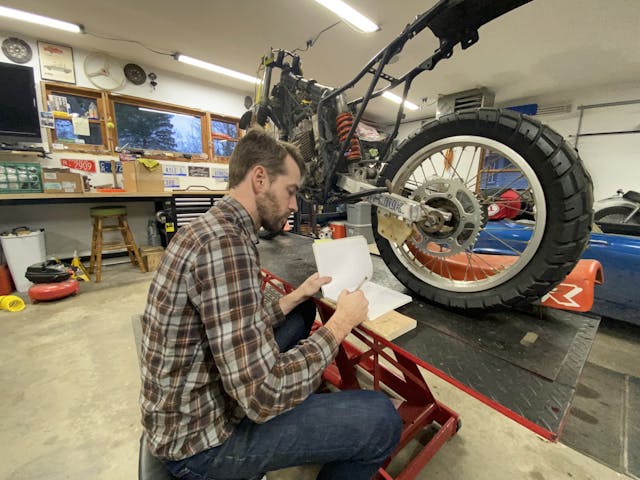
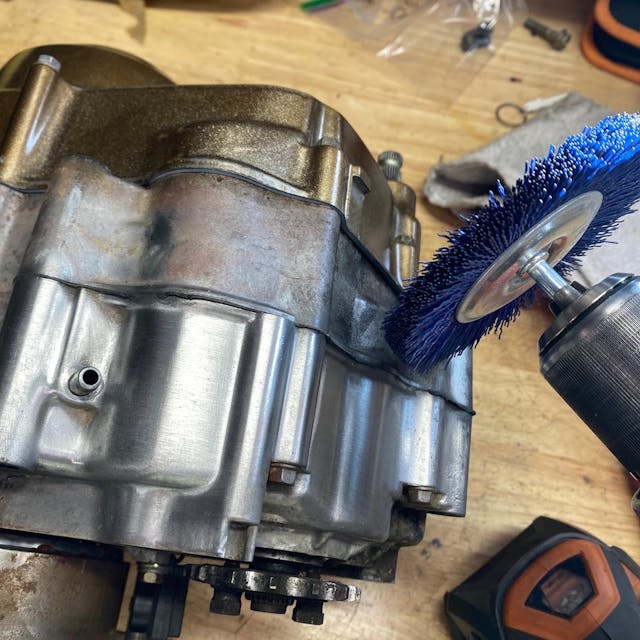
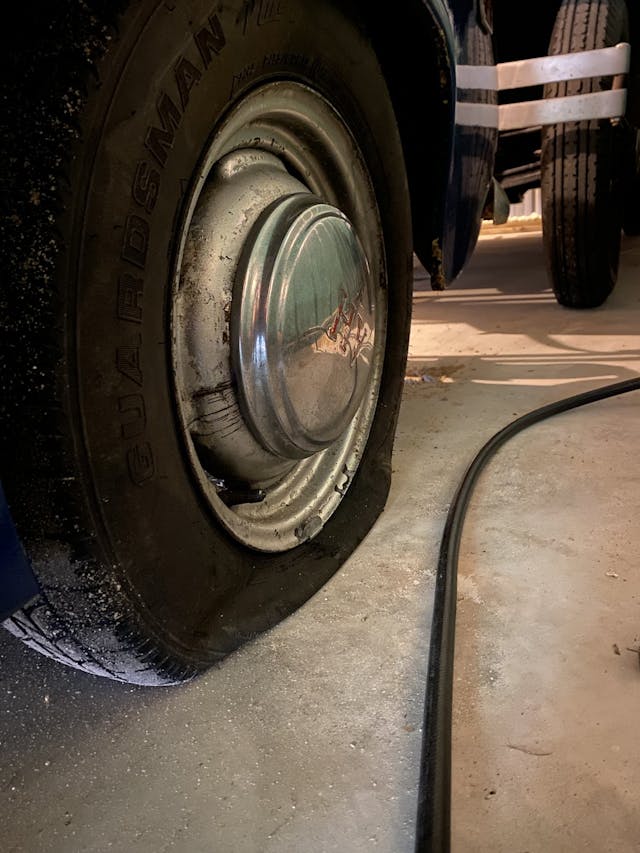

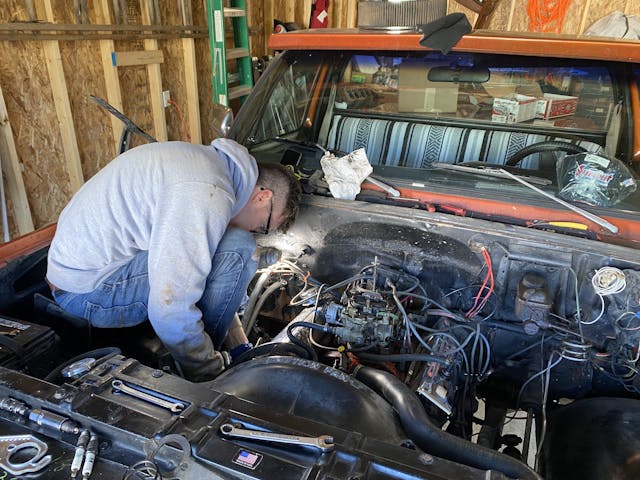











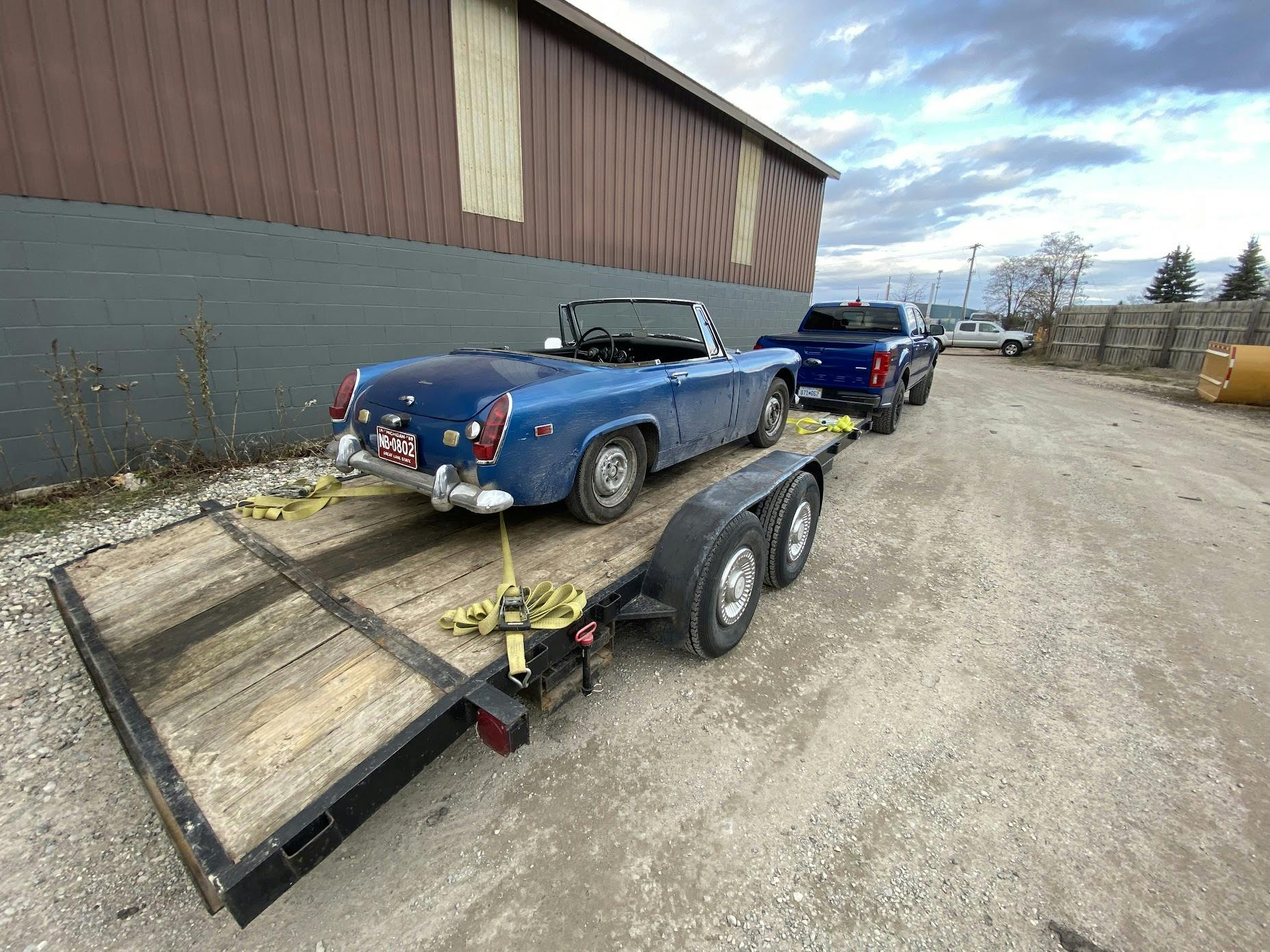
If you love old cars and aren’t made of money, a shop manual and a sheltered place to work are the essentials. Finding parts for non-mainstream cars can be a problem, best approached by joining owners’ clubs. Any old car is an ongoing project, but that doesn’t mean that you can’t enjoy the process.
WD-40. Lots of WD-40…
Know your personal limits. Some folks are blessed to be fabricators. Some folks are not. I unfortunately fall into the latter and know my limits which were hard learned. That hit home a long time ago when a fabricator friend talked me into buying an old ‘48 Dodge truck which was more rust than bucket. Lol. So over the years I have learned and accepted my limitations on what I can do and steer away from cars out of my league. Doing that and being at least reasonably selective I have acquired and made functional a garage full of “classic” cars from’66 -‘73. Including 2 Mustangs, 2 Camaros, and 3 CUDA’s. None are pristine but all run good enough and are presentable enough to take my wife to the Dairy Queen to get her her favorite ice cream delight of the day. I am truly blessed. Oh!!! And thank god for Dairy Queen.
There’s just something about going for ice cream in an old car. I too have a collection of survivor cars that all get driven, everything from a Gremlin X to a GTO. But the ice cream tastes the best in my wife’s 54 Pontiac.
Once Upon A Time I rebuilt a ragged brush-painted 1972 MG Midget and, although I drove it for a full 10 years after that before its departure, I swear that I will NEVER EVER AGAIN buy a project car. My friend liked my car so much that he bought a pristine 1973 Midget for much less than I had in my very rough rebuilding one and I immediately saw the value in buying the best example one can afford and spend the time and money on maintenance and upkeep.
If your project happens to be a popular model or series – you may be lucky enough to find an online forum for information and motivation. That and money you can’t have enough of.
Your phone or a good camera, take lots of pictures before, during, and after.
A valid title. If the car doesn’t have one and your plan is to drive it then walk away. A state like New Jersey makes it extremely difficult to register the car and get plates, even historic car plates, without a title.
Right on my friend !!!
My incredibly wonderful (3rd) wife had a shop built for me on our property as a wedding present. I soon realized that the underlying reason was to get any and all auto related items out of “her” house. Smart lady- and a win-win situation.
Finishing someone else’s failed project is always interesting. I just picked up a 1954 Canadian Pontiac Pathfinder and the fella before me started the project by doing some things great, but as I start looking deeper, it leaves me scratching my head. He spent money putting front disc brakes on, new rotors, calipers, and pads but the A-arms are no good. He attached new shocks but there is not enough metal to hold the shock, one bump and its gone…needs ball joints, tie rods the whole deal, but at least the brakes are done!!!